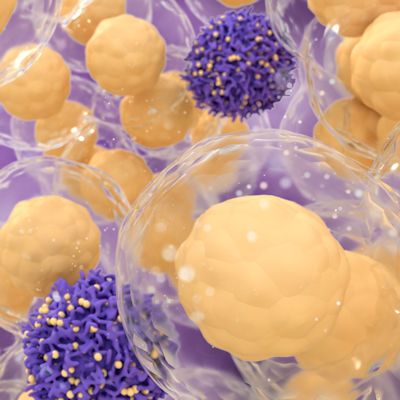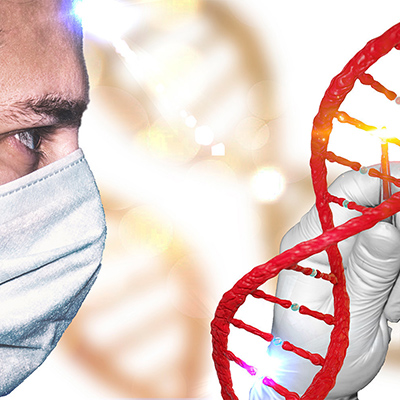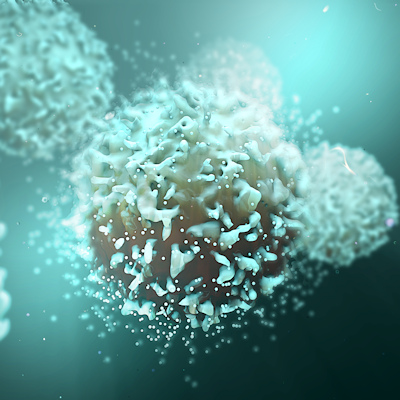September 6, 2022 -- Researchers at Stanford University have developed a method for making faster, more accurate predictions of which antigens will trigger a strong immune response. Their work could help scientists develop more effective cancer immunotherapies.
In an article published on September 5 in the journal Nature Methods, the researchers describe a bead-based method that is designed to mimic the forces that T cells experience in the body. The approach reflects evidence that recognition of antigenic peptides by T cells is reliant on biomechanical forces.
The technology, termed biomechanically assisted T-cell triggering for large-scale exogenous-pMHC screening (BATTLES), uses biomechanical force to initiate T-cell triggering for peptides and cells in parallel. Using the platform, the researchers confirmed known activating and non-activating peptides for one T-cell receptor and uncovered a previously unknown antigen that induced a strong T-cell response.
"This platform can help improve efforts to engineer T cells that specifically target cancer cells, as well as determine which antigens are capable of potently activating a patient's own T cells to more effectively target cancer cells," Polly Fordyce, PhD, assistant professor of genetics and bioengineering and a scholar at Stanford's Sarafan ChEM-H Institute, said in a statement.
The platform is designed to address a problem with the translation of the results of in vitro screening tests to in vivo settings. Because in vitro methods test potential peptides presented by major histocompatibility complex molecules (pMHCs) without force and often at high densities, they can fail to replicate the environment found in vivo, where antigenic pMHCs are sparse and T cells are subject to biomechanical forces. As such, the in vitro methods can fail to predict potent agonists in vivo.
To make the platform, the researchers constructed spherical beads from a thermo-responsive polymer, attached pMHCs to the surface and then added a T cell. By heating the polymer, the researchers caused the expansion of the beads, thereby stretching the T cells and mimicking the forces they would experience moving along cells in the body. The platform supports the running of hundreds of individual experiments in parallel.
To validate the BATTLES platform, the researchers used 21 unique peptides to confirm known activating and non-activating peptides for one T-cell receptor. The work also identified a previously unknown antigen that induced a strong T-cell response.
"BATTLES displays candidate pMHCs on spectrally encoded beads composed of a thermo-responsive polymer capable of applying shear loads to T cells, facilitating exploration of the force- and sequence-dependent landscape of T-cell responses. BATTLES can be used to explore basic T cell mechanobiology and T cell-based immunotherapies," conclude the authors.
The research team has begun exploring the immunotherapy applications of the technology in collaboration with Stanford's Chris Garcia, co-author of the study and professor of structural biology, who also co-authored a Science paper in April that described a method for reducing off-target reactivity and toxicity. Garcia recently co-founded a biotech, 3T Biosciences, that is working to improve the screening of T-cell receptors for specificity and off-target cross-reactivities.
Copyright © 2022 scienceboard.net









